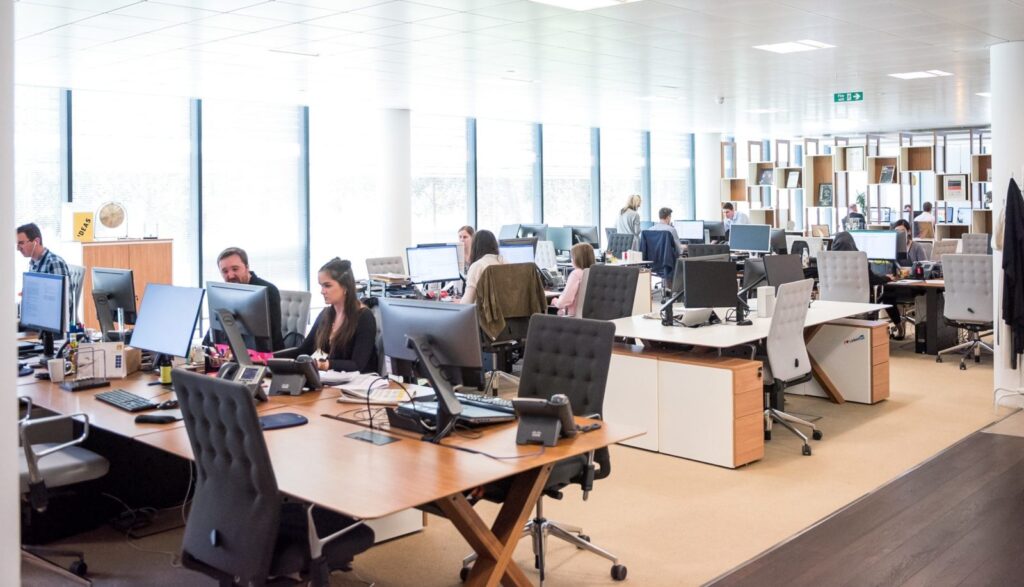
This is revealed in a new study from the National Institute of Occupational Health (STAMI), where 3415 Norwegian workers were followed across four years.
In the study, the researchers examined associations between different office designs (cellular offices vs. shared or open offices) and employees’ ability to control work decisions and work intensity. In addition, they investigated whether moving from one type of office to another lead to changes in perceived control.
− We found that employees working in cellular offices consistently reported higher levels of control over work pace and decision-making than workers who worked in a shared or open workspace. We also saw that transitioning from a shared or open setup to a cellular office resulted in a clear and sustained increase in the perceived control over work intensity, explains Morten Birkeland Nielsen, professor of psychology and researcher at STAMI.
Autonomy at work
Previous research has shown that a high perceived level of job control promotes health, well-being, and productivity among employees. An important aspect of job control is autonomy, meaning the employee’s ability to influence decisions regarding their own work, such as planning how or when to perform a task.
– In addition to affecting health and well-being directly, the experience of control can serve as a buffer against the negative effects of high job demands, and thus contribute to higher job satisfaction and motivation as well as better work ability, explains Birkeland Nielsen.
– Due to the favourable effects of job control, office solutions that increase such control among employees will likely be an important workplace intervention, he adds.
According to the researcher, a higher level of distractions and noise in shared or open offices is a possible explanation for the differences in perceived control between office designs. This may affect concentration and workflow, thus diminishing the sense of control over working conditions.
Studies of the Norwegian working population indicate that a low level of perceived job control increases the risk of both back pain and mental health problems. Conversely, there are studies which show that employees who feel in control over decisions related to their own work have a lower risk of muscle pain and mental health issues.
These results align with findings from systematic reviews which conclude that low levels of job control is a well-documented risk factor for sick leave, disability, and withdrawal from working life.
Cellular offices disappear
Many workplaces are currently renovating their workspaces and removing cellular offices in favour of open or activity-based designs.
− Our results show that preserving employees’ sense of control over work intensity and decisions is important in such transitions, emphasizes Birkeland Nielsen.
He says companies which introduce open or shared offices should identify and implement measures to help their employees maintain job control in the new surroundings. Such measures may include the use of partitioning walls, desk dividers, noise-cancelling headphones, and having available quiet spaces.
However, whether these measures will provide the same sense of control as experienced in individual offices is uncertain.
− Some employees simply do not thrive in open office solutions. In such cases, employers should consider the possibility of allowing them to keep their cellular offices or facilitate other workplaces, such as remote work, the researcher suggests.
Birkeland Nielsen also remarks that previous studies have indicated a positive effect from change-oriented leadership in relation to office transition processes.
Consider both employees and tasks
The study showed that the level of perceived control varied within the different office designs, suggesting that some employees thrive better than others in open or shared offices.
− All office designs can present both benefits and challenges. Overall, the adaptation of office solutions has to do with meeting the needs of employees so they can perform their tasks in the best way possible. As employees have different preferences and needs, there is likely no one-size-fits-all office solution, says Birkeland Nielsen.
Therefore, he concludes, companies should consider the characteristics of their employees in addition to analyse their work and tasks when determining office design.
